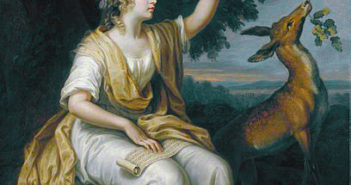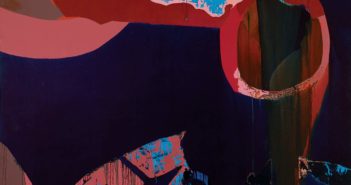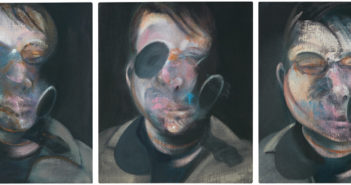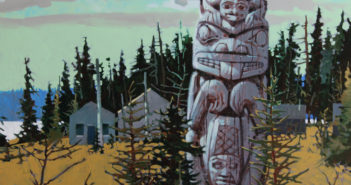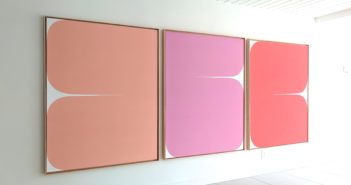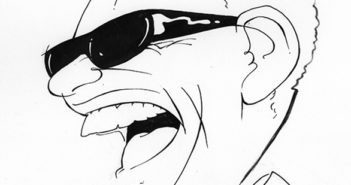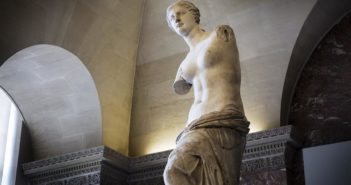
Discovering Amphitrite
Peter and I are rumbling along a dirt path on a rented quad, switch-backing the volcanic slopes of Milos, the southwestern-most island in the Cyclades. The road is ours — the last of the summer cruisers have embarked for still-hopping Santorini or returned home. Along the shoulder, shiny, amber hens peck at split watermelons, content with the honey and walnut breezes carried in from the Aegean and across the sun-baked olive groves. The sea, once worshipped as the goddess Amphitrite, the consort of Poseidon and mother of the fish, seals and dolphins, winks and dazzles into an infinite, cobalt sky.

